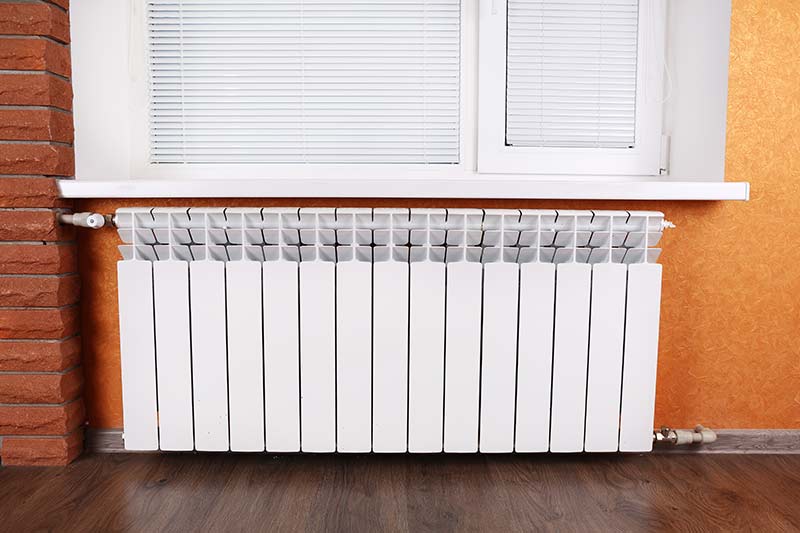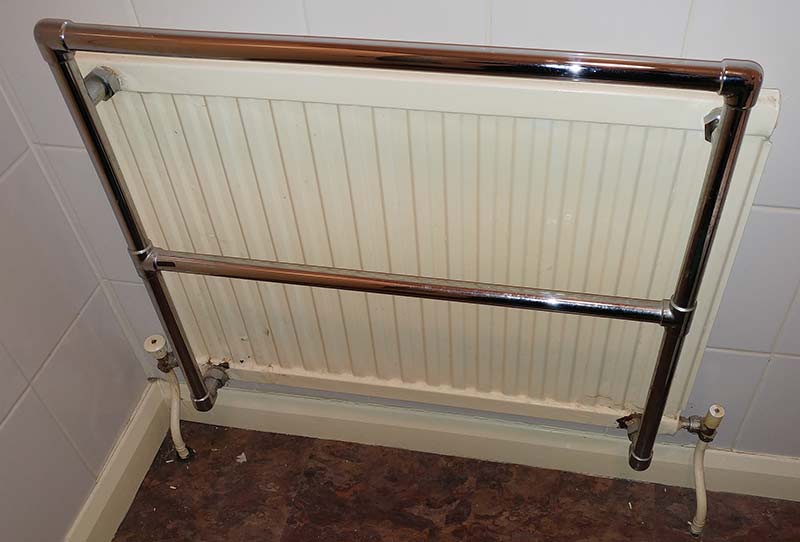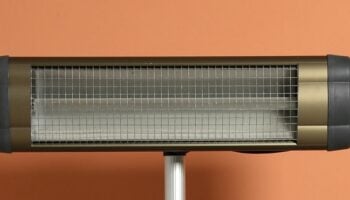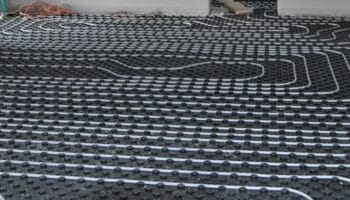We've independently reviewed this article to make sure it's as accurate as we can make it.
To find out more about our article creation and review process, check out our editorial guidelines.
Bleeding a radiator isn’t a hard job, but what if you have to bleed a radiator without a bleeder valve or a key? Now that makes things interesting! Take a look at this article that’ll help you complete the task.
| To Bleed a Radiator Without a Bleeder Valve | – Untighten the compression joint where the towel rail joins the radiator – If there isn’t a towel rail, install a self-drilling radiator valve |
| To Bleed a Radiator Without a Key | – Use a screwdriver as a bleed key. Push it into the slot and turn it counter-clockwise |
Do you feel like you’ve bitten off a little more than you can chew with this DIY fix?
Don’t let the lack of a bleeder valve or key put you off of doing the job yourself! In this article, you will find the simplest instructions. They will help you bleed even the most problematic radiator.
Let’s get started!

How to Bleed a Radiator Without a Bleeder Valve
Bleeding a radiator without a bleeder valve involves a bit of thinking outside the box.
That’s why this article has two great solutions lined up for you that could help you with this problem. The solutions are based on the following two types of radiators:
- Radiators with a towel rail or compression joint but no bleeder valve.
- Radiators without a towel rail, compression joint, or bleeder valve.
The following information will help you to fix your radiator depending on its type. But if you are trying to bleed a radiator without a key, you should skip to the next section.
Bleeding a Radiator With a Towel Rail or Compression Joint
To bleed a radiator with a towel rail or a compression joint you will need a wrench. It is also good to have towels handy so that you can catch the water as it sprays from the radiator. Once you’ve got your tools, you’ll be ready to get started. Here’s how to do it:
- Turn off your heating and give the radiators time to cool down. This will prevent you from burning yourself.
- With a towel to hand, loosen the compression joint where the towel rail joins the radiator. Undo the nut slowly that connects the rail to the radiator. You should hear a hissing sound as trapped air leaves the radiator.
- Once the hissing stops, retighten the valve with the wrench. You have now released all the trapped air. Retighten the valve quickly to prevent lots of water from escaping the radiator.
- Turn the heating back on.
- Check the pressure gauge on the boiler. If the pressure is too low, top it back up.
- Leave the radiators to heat for an hour. Then check that the heat is being evenly distributed across them. Then go and pop the kettle on and put your feet up.

Bleeding a Radiator Without a Towel Rail or Compression Joint
To bleed a radiator without a towel rail, compression joint, or bleeder valve you will need a special tool. The tool is a self-drilling radiator valve. You can find one at any good hardware store. The valve is super simple to install. It works just like a bleeder valve and will help you to release the buildup of air inside the radiator.
Are you ready to get going? For this job you will need:
- A self-drilling radiator valve.
- A cordless drill. Its socket head should match the diameter of the self-drilling radiator valve.
- A cloth.
Not sure how to do it? Then take a look at the steps below:
- Turn off your heating. This will take the water temperature down in the radiators. This should prevent you from burning yourself.
- Close off your radiator valves.
- Use a cordless drill to screw the self-drilling radiator valve into the top of the radiator.
- Open the radiator valves.
- Open the self-drilling radiator valve slowly anticlockwise. Use the cloth to catch any water as it sprays out of the valve. You should hear a hissing sound as trapped air leaves the radiator.
- Once the hissing stops, retighten the valve with the wrench. You have now released all the trapped air. Retighten the valve quickly to prevent lots of water from escaping the radiator.
- Turn the heating back on.
- Check the pressure gauge on the boiler. If the pressure is too low, top it back up.
- Leave the radiators to heat for an hour. Then check that the heat is being evenly distributed across them. Give yourself a pat on the back for a job well done.
How to Bleed a Radiator Without a Key
Bleeding a radiator without a key may sound complicated. But you’re in luck because this step is simple! That’s because there are a lot of things that you can use in place of a radiator key that work just as well.
If you have a regular, slotted-shaped bleed screw you can use a screwdriver to open the bleeder valve. Does your bleed screw have a bit of a funny hexagonal shape? Then you can try using one of the following to open it:
- An Allen key
- A wrench
- Pliers
To keep things simple, we’ll use the screwdriver as the tool when explaining this method. But please, feel free to grab whatever tool helps you turn your bleed screw and a cloth, and let’s begin!
- Turn off your heating. This will take the water temperature down in the radiators. This should prevent you from burning yourself.
- With a cloth to hand, insert the screwdriver into the slotted groove. Turn it slowly anticlockwise. Use the cloth to catch any water as it sprays out of the valve. You should hear a hissing sound as trapped air leaves the radiator.
- Once the hissing stops, retighten the valve with the wrench. You have now released all the trapped air. Retighten the valve quickly to prevent lots of water from escaping the radiator.
- Turn the heating back on.
- Check the pressure gauge on the boiler. If the pressure is too low, top it back up.
- Leave the radiators to heat for an hour. Then check that the heat is being evenly distributed across them. Then sit back and enjoy a toasty evening at home.
Why You Should Bleed Your Radiators
Have you ever had a problem with your radiators? If not, then you might be wondering why you should bother bleeding them. Here are a few reasons why radiators need bleeding from time to time.
- Air is trapped in them. If there is air trapped in your radiators it stops them from heating up properly. If your radiators are hot at the bottom and cold at the top it is usually a sign that they need bleeding. Once you have bled them, your radiators will heat your house more efficiently.
- They are making loud noises. Your radiators may start to make loud banging or gurgling noises. This is usually a sign that your radiators have trapped air in them. Bleeding your radiators should rectify the problem.
- They should have a yearly check. You should bleed your radiators once a year, even if they seem to be working properly. This helps to keep your radiators working as efficiently as possible.
Conclusion
Bleeding a radiator without a bleeder valve or a key could seem like an impossible feat. But it really just takes a little innovation and a couple of extra tools. I hope this article has shown you a way for you to bleed your radiators, no matter what you’re missing.
If this article has helped you, why not check out some of our other articles and free guides? You could even sign up to our email list!
Have a great day!
-Craig







